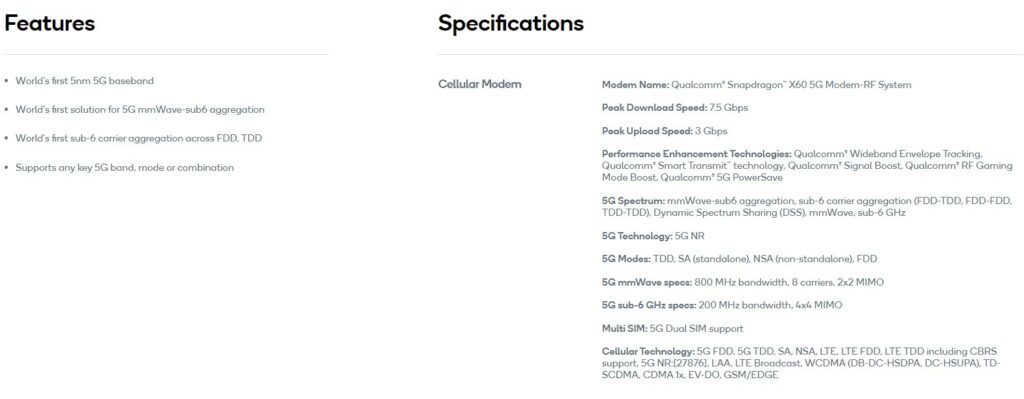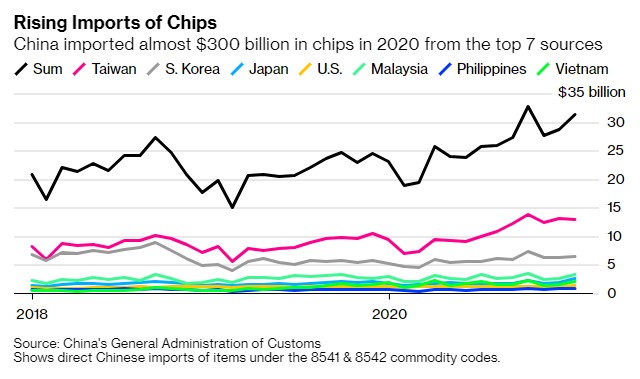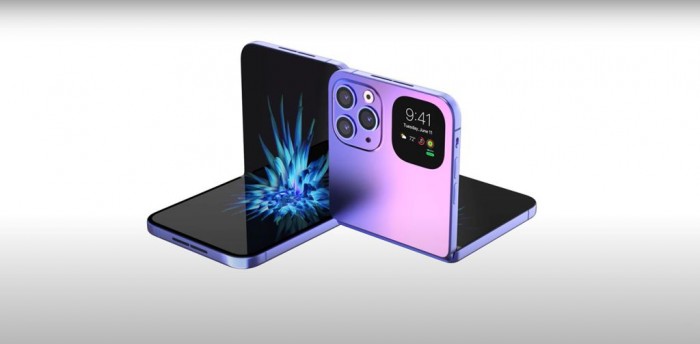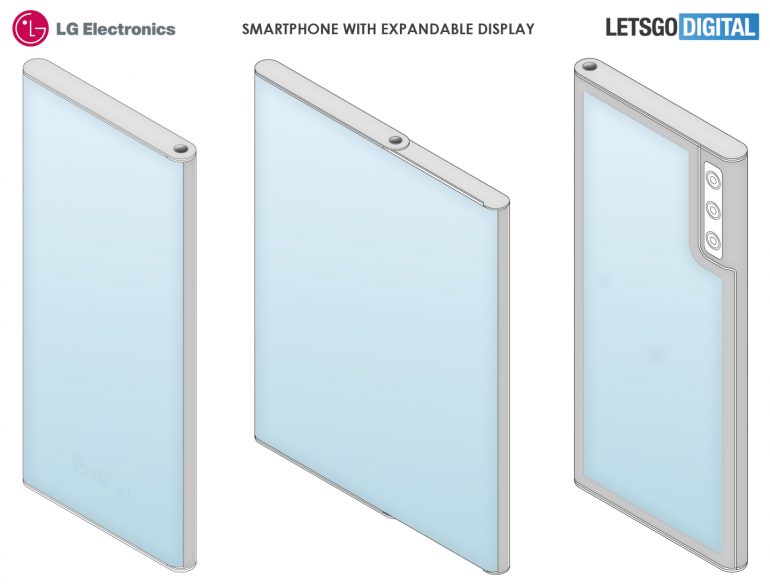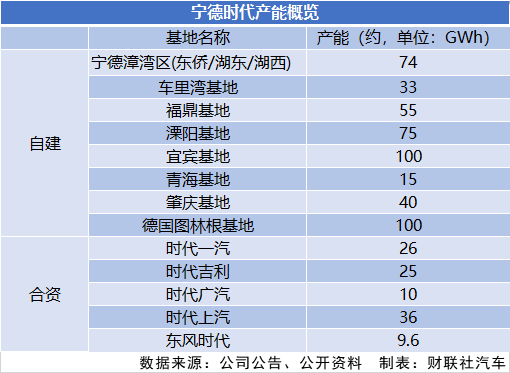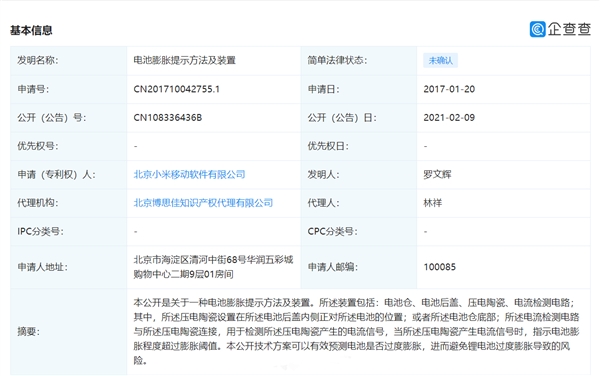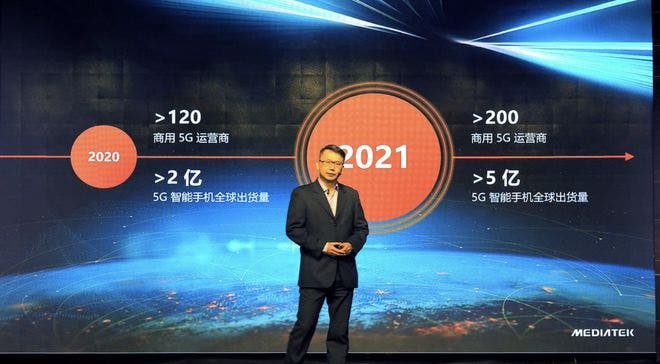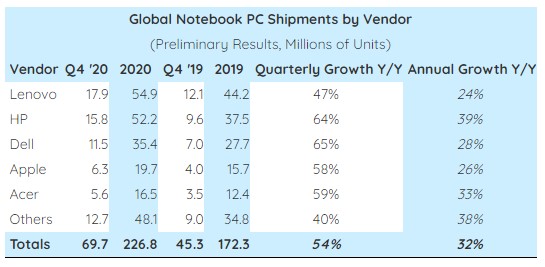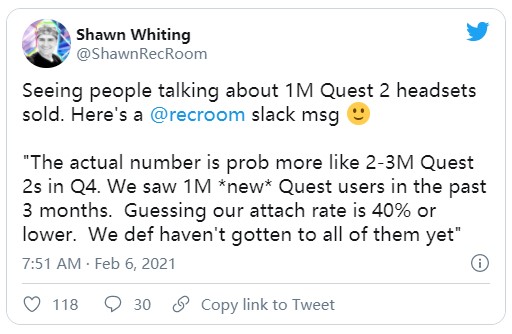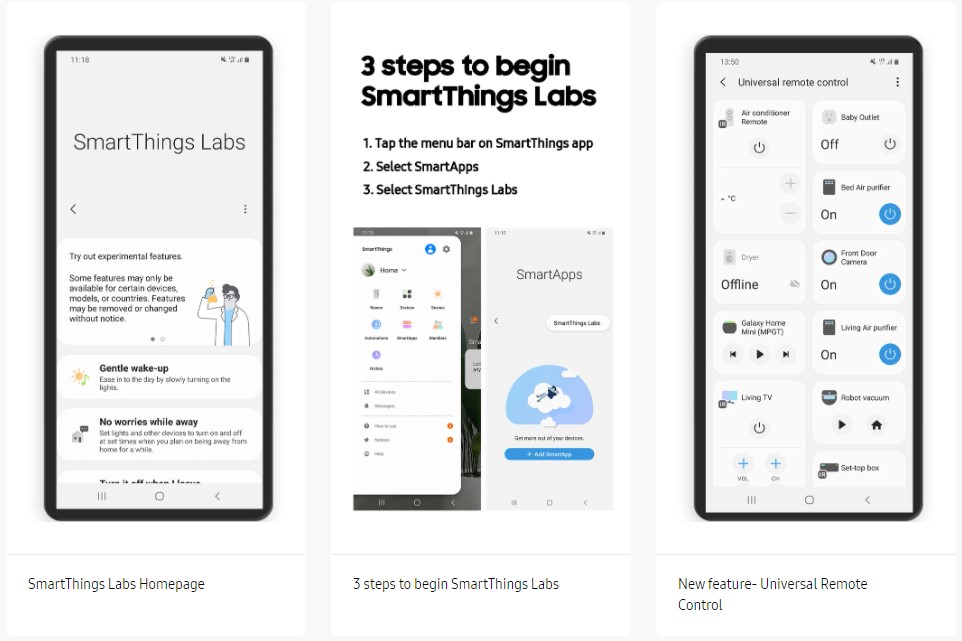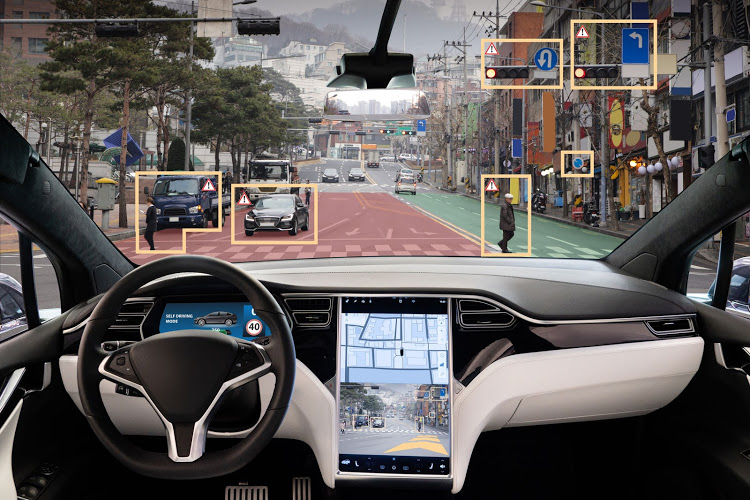
2-10 #Angel : Qualcomm has announced its next 5G modem; Apple is rumoured developing foldable phone internally and would launch in 2023; Apple has more than doubled road testing of its self-driving cars in 2020; etc.
Qualcomm has announced its next 5G modem, the Snapdragon X60. Qualcomm is highlighting the capability for sub-6GHz and mmWave aggregation. The other major change in the X60 is the shift from a 7nm process to a 5nm process. Qualcomm has also announced a new QTM535 mmWave antenna to go with the new X60, which it says is smaller than the QTM525. (My Drivers, Engadget, Android Authority, Qualcomm)
Strategy Analytics analyst Neil Mawston has indicated that the virus pandemic, social distancing in factories, and soaring competition from tablets, laptops and electric cars are causing some of the toughest conditions for smartphone component supply in many years. He estimates prices for key smartphone components including chipsets and displays have risen as much as 15% in the past 3-6 months. (Bloomberg, GSM Arena)
European countries are planning to support the local production of technology hardware with targeted aid that could result in overall investments of up to EUR50B (USD60B). Germany, France and 17 other EU countries agreed to join forces to invest in processors and semiconductor technologies, key to internet-connected devices and data processing in a push to catch up with the United States and Asia. (My Drivers, CN Beta, Reuters, Bits-Chips)
A global shortage of semiconductor chips is ravaging supply chains and has not shown signs of abating. It might last another year. A miscalculation of demand by multibillion dollar industries is just one side of the story. The other is supply. Estimates for when the sudden shortfall will bounce back range from the next few months to four quarters, depending on how long it takes to make the chips carmakers and other consumer electronic companies need. That is where the real bottleneck is: the machines that make the chips. While a chip can take as long as three months to manufacture, the chip-making equipment can take a lot longer. (Bloomberg, Laoyaoba)
Apple is rumoured developing foldable phone internally and would launch in 2023. The foldable iPhone will adopt a flip-up design. Apple is currently considering some folding screen-related technologies. The company hopes to release a foldable iPhone with a special glass technology that can ensure that it remains intact after countless folds. (CN Beta, GizChina)
LG is granted a new patent on a rollable smartphone design. The phone is shown to have dual displays. The main, flexible and rollable display looks to have impressively tiny top and bottom bezels, while the small secondary screen is shaped to go around the camera module. (Phone Arena, LetsGoDigital)
Vietnam has awarded a license to LG Display to raise its investment in the country’s northern port city of Haiphong by USD750M to USD3.25B. The additional investment will help to expand production capacity in the city and would be completed by May 2021. (Gizmo China, Reuters, Jiemian, VIR)
Apple has partnered with Taiwan Semiconductor Manufacturing Co (TSMC) to develop ultra-advanced display technology at a facility in Taiwan. The micro OLED project is now at the trial production stage and it will take several years to achieve mass production. The displays under development are less than 1” in size. Some parts of the planned micro-display manufacturing will use TSMC’s existing chip-production equipment and processes. The micro OLED displays will be used in “upcoming augmented reality devices”. (Mac Rumors, Nikkei)
Hyundai Motor has recently put out a power battery bid for three of its electric vehicles, including the Hyundai i-onic 7, to be launched after 2023. The battery bid for one of the cars was taken by SK Innovation, while the bids for the other two were awarded to CATL, with the size of the winning bid perhaps exceeding CNY10B. (My Drivers, CLS, Defence.pk)
Xiaomi’s patent titled “Battery Expansion Prompt Method and Device” describes a method of detecting battery bulge and alerting the user. The patented technology can effectively predict when there is a battery buldge. With this, users can avoid the risk of over-expansion of lithium batteries. (GizChina, My Drivers)
Huawei VP of Wireless Product Line Gan Bin has indicated that the global rollout of 5G networks has entered a fast phase. He has also noted that in 201 the number of 5G users in China will exceed 50M. Huawei expects 5G networks to start experiencing medium to high loads soon. The growth rate of 5G users in China will reach 30% in 2021, 42.9% in 2022, 56.8% in 2023, 70.4% in 2024 and 81.7% in 2025. (GizChina, IT Home)
According to Strategy Analytics, as remote working and e-learning continues worldwide, demand for Notebook PCs was at its highest ever in 4Q20, driving 54% YoY growth for notebook shipments, reaching 69.7M units. (Strategy Analytics, CN Beta)
Developers of VR app Rec Room estimate, based on the app’s adoption rate, that 2-3M Oculus Quest 2s have been sold. Facebook originally launched the Quest 2 in Oct 2020. (Android Central, Twitter)
Apple’s Dan Riccio is reportedly now overseeing the company’s team developing augmented and virtual reality headset after leaving his position of hardware engineering chief. (My Drivers, Bloomberg, CNET, Apple Insider, Apple)
Samsung has announced SmartThings Labs, a feature within the SmartThings app that lets users get early access to new features before they are officially released. SmartThings Labs also includes features such as providing real-time feedback directly to engineers and compatibility with other Works with SmartThings devices. (Gizmo China, SmartThings, SmartThings, TechRadar)
Apple has more than doubled road testing of its self-driving cars in 2020 as its autonomous technology improved, though it still significantly lags behind rivals as it looks eventually to launch a consumer vehicle. The company’s cars drove 18,805 miles in 2020, up from 7,544 miles in 2019. (Apple Insider, Bloomberg, Mac Rumors, CN Beta)
Nissan CEO Makoto Uchida has fielded a question regarding a potential collaboration with Apple now that Hyundai is no longer in talks to build Apple’s car. At least 6 firms are said to be in active negotiations. (CN Beta, Apple Insider, WSJ)
Aurora has reached a deal with Toyota and auto-parts supplier Denso to develop and test vehicles equipped with the self-driving startup’s technology, beginning with a fleet of Toyota Sienna minivans. The announcement follows Aurora’s acquisition of Uber Advanced Technologies Group, which spun out from Uber in 2019. (CN Beta, The Verge, TechCrunch, Reuters)
According to Canalys, the global sales of electric vehicles (EVs) in 2020 increased by 39% year on year to 3.1M units. This compares with a sales decline of 14% of the total passenger car market in 2020. Canalys forecasts that the number of EVs sold will rise to 30M in 2028 and EVs will represent nearly half of all passenger cars sold globally by 2030. (Laoyaoba, Canalys)

